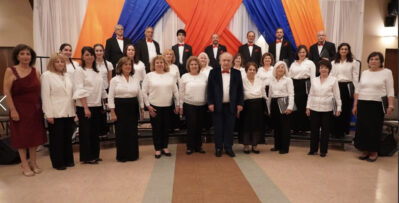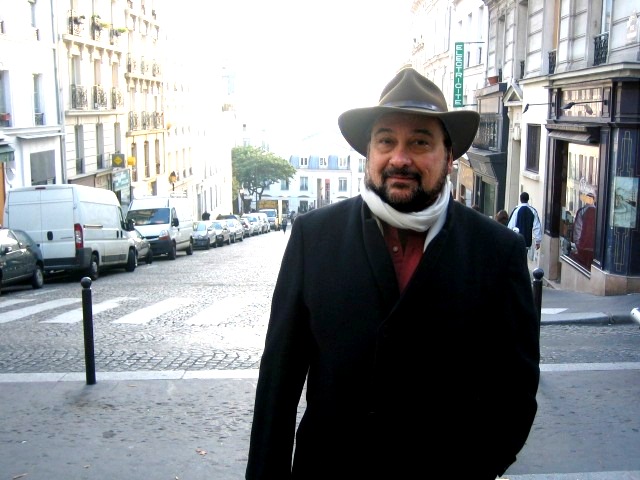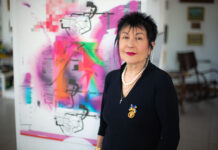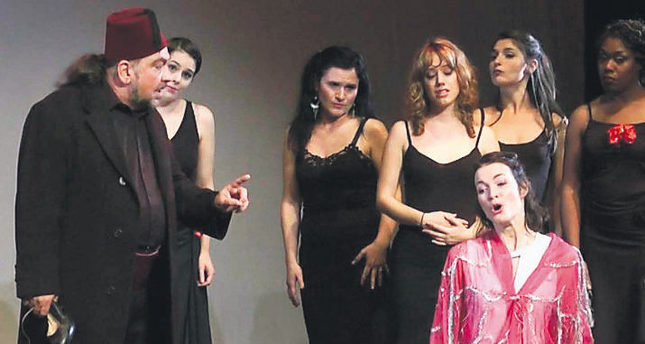By Gerald Papasian
Special to the Mirror-Spectator
YEREVAN — Dikran Tchouhadjian’s operatic heritage is unquestionably worth adorning the stages of prestigious opera houses. For many reasons, some obvious to all (the Armenian Genocide), many manuscripts have been lost as they were never published. The five works that have survived, now at the Charents Literature and Arts Museum, are his first opera “Arsace Secondo,” known as “Arshak the Second” to Armenians (re-named “Olimpia” by the composer), his first, second and third opera-buffas “Arif’s Cunning,” “Keussé Kehya” [The Beardless Elder], “Leblebiji Hor Hor Agha” (a.k.a. “Gariné”) and his last opera, “Zemiré.”
Four of these works have been saved from oblivion … to some extent!
‘Arsace Secondo’
Written in 1868, it was first produced in 2001 at the San Francisco Opera house, albeit cut down to two hours instead of its three-hours-plus length, and sung in Armenian instead of its original Italian lyrics. It was based on the urtext [faithful to the manuscript] published by the Armenian General Benevolent Union (AGBU) of Egypt in 2000 thanks to the efforts of musicologist Haig Avakian and the Dikran Tchouhadjian Institute in Paris. In 2014, American-Armenian composer resident in Canada John Sarkissian contacted us in Paris to review Avakian’s publication and turn it into an even more appropriate performance-ready edition. Avakian’s faithful restoration is a brilliant critical edition, but lacks some additional tunes Tchouhadjian had intended, which were in sketch form (they are all included in Avakian’s publication’s appendix section). Sarkissian has reinstated those musical segments in the opera to complete the necessary gaps. Some of the Italian lyrics also had to be corrected grammatically as well as stress-wise according to 19th century Italian language and libretto canons. Two Italian authorities offered their expertise for the task gratuitously for which we are most thankful. Corrections were also made to avoid some plot discrepancies which the composer and librettist would have realized had the work been produced during their lifetime. Today, we have a complete new edition (online for the moment) which is totally ready for all practical performances.










